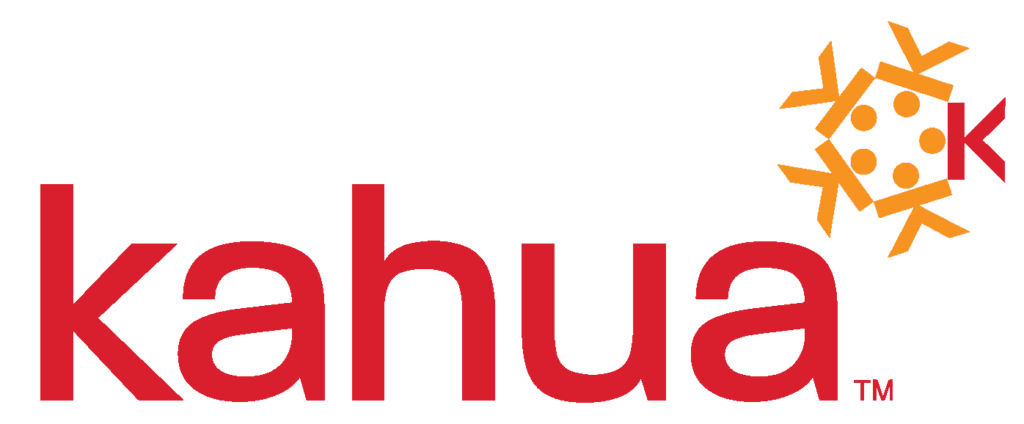Ten Rules of Cost: Rule #2 and #3
Ten Rules of Cost
Rule #2 – Count All Things
Rule #3 – Only Count Things Once
A double-barrelled Cost Rule.
Our first post highlighted how to understand and communicate cost information easily. But we were silent on what cost information to show.
The obvious answer, of course, is “all of it.” What does “it” include? All that is appropriate in a given context.
Your systems and processes must help you make sure you haven’t missed anything. In the same breath, many standard construction processes have a lot of numbers for the same issue. So, you need to easily find everything you need to add up, but find the appropriate numbers to use.
“But,” you say, “Mr. Cost Expert guys, adding things up and not double-counting, that’s basically what any good-old accounting system does. What’s the catch?”
The first catch is most of the value of great construction cost management is how it can help you plan and forecast things that might happen- some of which you may or may not know about yet. As the guru himself says:
“It’s tough to make predictions, especially about the future.”― Yogi Berra
The second catch is that many forward-looking processes have different numbers that you need to count at different times.
For example:
- Pending and potential budgets and budget changes
- Internal estimates and external estimates, proposals and pricing, revised scope and revised pricing, and revised proposals and revised estimates
- Substitutions, qualifications, exclusions, and the fine print
- Change requests and change orders, partial authorizations and fieldwork authorizations, proceeding before formal paperwork, claims, and rework
- Costs you plan on but haven’t even started the design for, and costs you incurred months ago, but the paperwork sits gathering dust on someone’s desk
- Potential costs coming out of meeting minutes, RFIs, regulatory changes, risks, site instructions, drawing packages; some of which are in the budget, some of which aren’t
- Costs you are on the hook for, but you don’t know it yet
- Best case, worse case, and likely case forecasts
- Progress payments, holdbacks/ retainage, defects, back charges, and voided things
- Overruns and underruns, contingency drawdown, allowances, and budget transfers
- People accidentally, or “accidentally” gaming the system.
Phew.
Don’t get us started about the thirty-six column change management spreadsheet we had to replicate in a system to track all the possible steps in a client’s change process. And, after they explained it all, how it actually all made sense for what they were dealing with.
What’s the point? A key value of your cost systems and processes is balancing structure with flexibility.
Structure to count all the things you need to.
Flexibility to control which numbers count. Bonus points if you can help your stakeholders know what’s included, what’s not, and why.
A tip. When you deal with many different numbers for the same thing, such as quotes and estimates and final amounts, figure out the logic for which number counts when. Pull that number out into the clear, then add it up.
That makes it easy to make sure you count all the things. But only count things once.
Next Post from The Cost Experts: Let’s budget some time to talk about all the ways people talk about Budget, shall we?


